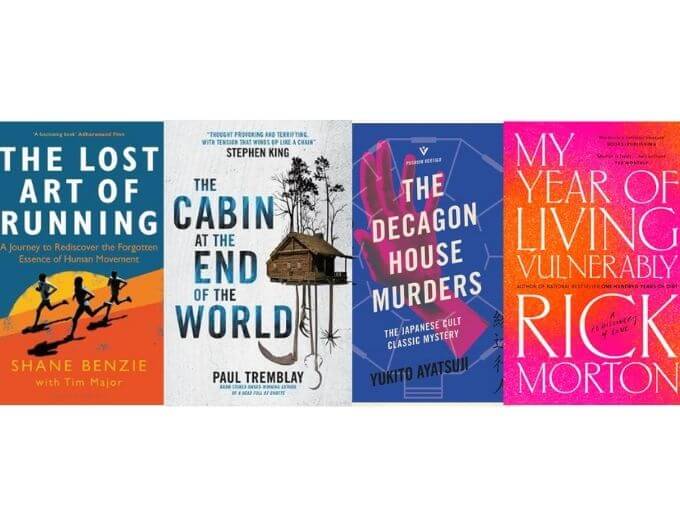Simply put, My Year Of Living Vulnerably by Rick Morton is terrific. (You can read an extract here.) The book is structured around his twelve-month exploration into love and vulnerability after a diagnosis of complex post-traumatic stress disorder. This journey not...

Simply put, My Year Of Living Vulnerably by Rick Morton is terrific. (You can read an extract here.) The book is structured around his twelve-month exploration into love and vulnerability after a diagnosis of complex post-traumatic stress disorder. This journey not only takes us to places around the world, but, in the midst of the COVID-19 pandemic, straight into the confines of locked-down homes, too. Morton discusses related topics – how to navigate the toxicity of online culture on such platforms as social media, masculinity, growing up in regional areas and more. There’s a lot to admire here – with dry, perceptive humour, and super clever to boot, I’ll be returning to this one in the future when I need a soul pick-me-up.
I’ve given this some thought and The Lost Art of Running: A Journey to Rediscover the Forgotten Essence of Human Movement by Shane Benzie with Tim Major has gone into my list of top five running books. Advice-wise, it makes sense. One of my biggest takeaways was to see if I can make improvements to my feet placement by applying a different running technique. You see, I am a heel-striker. I’m lucky I haven’t experienced many injuries thus far, however, I’ve wondered if I pay a price in other areas for this heel-striking. For example, if that kind of heavy impact affects my speed. I suspected I carry/use my arms wrong (turns out, probably yes). Generally, I wonder if my overall efficiency is lacking. Making changes might feel weird to implement, but I’m willing to give it a go. I miss running.
The Decagon House Murders by Yukito Ayatsuji, translated by Ho-Ling Wong, is my latest library find in a long list of examples where the cover grabbed my attention and I couldn’t walk past without picking it up for a closer look. Specifically, in this case, I was grabbed by the phrase ‘The Japenese Cult Classic Mystery’ and how it was inspired by Agatha Christie’s And Then There Were None.
Sold.
Reader, it was a hoot. To quote Vulture, “Behold, the perfect escapist drug! If I could crush this book into a powder and snort it, I would.” I was almost sad when it ended – I say ‘almost’ because I picked the murderer midway through, but I had to get to the end to make sure I guessed correctly and enjoy the ensuing satisfaction!
I came across The Cabin at the End of the World by Paul Tremblay by half-accident. At the time, I was curious to discover examples of horror novels that span no longer than a 24-hour period (i.e. a day). Quite a challenge, structurally speaking, if you want its length to be more a novella while also allowing yourself enough opportunities to include character detail to thus become invested in their lives and prospects (not to mention unpack the motivations of the antagonists, along with plot etc.). I wracked my brain trying to think of books that met the criteria but came up empty. So, I went to Google and then Google led me to The Cabin at the End of the World.
Even better, my local public library had a copy of it available through BorrowBox so I got the audiobook version and plugged it straight into my ears.
Well. I’m glad I did. Incidentally, if you’re interested, you can go to the US HarperCollins website where you can either listen to the opening or read it for yourself.
I don’t want to give too much away by describing the plot, even in vagueish terms. But I will share something of a warning – it is brutal and violent in places. It’s also disturbing because one of its themes tackles the prescient topic of how people receive and disseminate information in our current technological age. I haven’t gotten it out of my head. I might buy a copy.
What are you reading this month?


